
ONLY 8 MONTHS TO GO UNTIL HAGGIS SEASON
The Haggis Hunt season has ended. Peace descends once more on the haggis moors. Our ghillie,Farquhar Farquharson, has slunk back to his hunting lodge with his meuran until 30 November, 2012.

Thank you for hunting with us. This Season we were kindly assisted by Mackie's of Scotland, Fairmont St Andrews and The Scotsman Publications Ltd. Our 2011/2012 Grand Prize was a one night luxury break at the Fairmont St Andrews and an invitation to the Mackie's crisp factory.

Do not be too despondent at the season's close. The hunt begins again on St Andrew's Day. Until then, why not familiarise yourself with the terrain by studying our webcams? Or maybe leaf through our Haggisclopedia to hone your hunting skills further?
Kingdom: Animalia
Location: Scotland
Location: Scotland
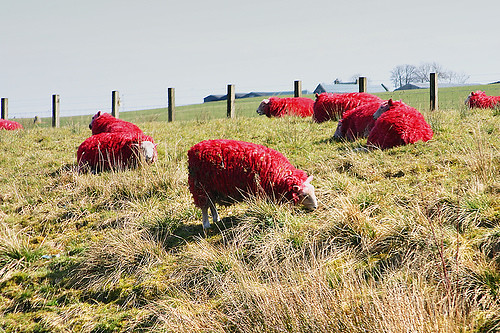 The wild Haggis (plural: Haggi) lives in the highlands of Scotland. It is round, four-legged, fur-covered, and usually less than a foot in length (comparable in size to a grouse). It is a shy creature, rarely seen, and for this reason there is great disagreement about its exact morphology and habits. For instance, many who claim to be Haggis experts say that the legs of the Haggis are longer on one side of its body than the other, in order to allow it to better stand on the steep slopes of the highlands. As a consequence, the haggis can only run around hills in one direction, and to catch one you simply run around the hill in the opposite direction. If true, this morphological feature would make the Haggis a cousin of the American Sidehill Gouger. However, other Haggis observers deny this to be true, insisting that all the legs of the Haggis are of equal length.
The wild Haggis (plural: Haggi) lives in the highlands of Scotland. It is round, four-legged, fur-covered, and usually less than a foot in length (comparable in size to a grouse). It is a shy creature, rarely seen, and for this reason there is great disagreement about its exact morphology and habits. For instance, many who claim to be Haggis experts say that the legs of the Haggis are longer on one side of its body than the other, in order to allow it to better stand on the steep slopes of the highlands. As a consequence, the haggis can only run around hills in one direction, and to catch one you simply run around the hill in the opposite direction. If true, this morphological feature would make the Haggis a cousin of the American Sidehill Gouger. However, other Haggis observers deny this to be true, insisting that all the legs of the Haggis are of equal length.Some Haggis-ologists speculate that the Haggis is related to the Australian duck-billed platypus, being a descendant of migratory platypuses who found themselves trapped in Scotland during the last ice age and evolved to become highly adapted to its cold, damp weather.
To catch a Haggis it is advised to disguise your scent with liberal amounts of whisky, and then adopt a stumbling gait, swerving from side to side, so that the animal won't see you coming. Many stores in Scotland also sell Haggis Whistles. It is claimed that "in skilled hands this whistle can perfectly mimic the mating call of the Haggis."
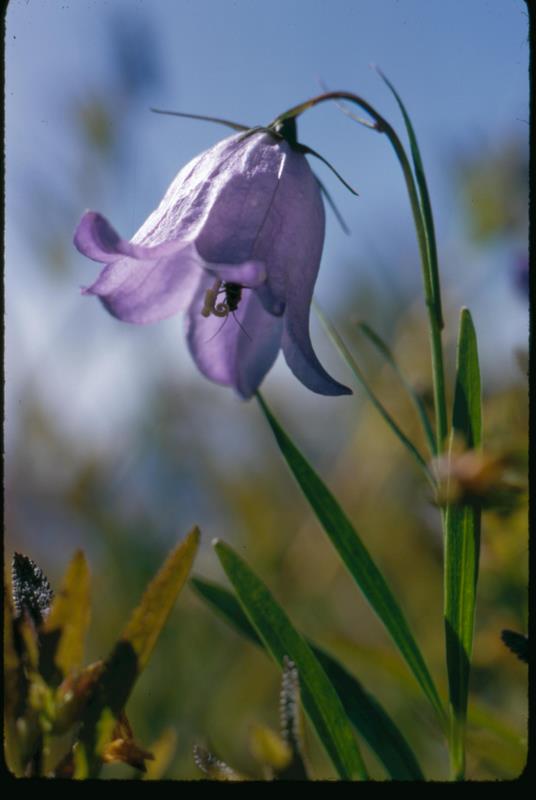

It is sometimes said that Haggis is actually a traditional Scottish dish made from the heart, liver, and lungs of a sheep, mixed with oatmeal, suet, and seasonings, and boiled in the stomach of the animal. This is simply not true.
| |||||||||||||||
|
(grazing on a pasture just off M-8 highway at Bathgate
in West Lothian)
Since the Caledonians' defeat at Mons Graupius, the haggis has been viewed with ambiguity by Scottish military strategists.
Brigadier Antony Doon was the first to chronicle this phenomenon is his seminal 1816 work The Compleat Haggiser.
"The wee beastie can be a boon to the fighting spirit of the Caledonian warrior, giving him a belly full of courage, much like a drop of uisge beatha, the water of life, whisky. Whisky. Ahhh yes. What a fine idea. I think it is time for a wee dram as the sun is very nearly over the yard-arm."
(It should be noted that wherever he went the good brigadier had all yard-arms within his line of sight lowered to a height of three inches off the ground.)
After a somewhat obscure and indistinct passage about whisky, women and life in which the words "yer my best pal I luv ye do you want a fight" appear several times, the Brigadier takes up his theme again, warning that the haggis can be a curse as well as a blessing in time of war.
"If the haggis is not prepared properly, if its remains are mistreated or not accorded the proper respect, for instance if they are covered in batter and immersed in boiling oil, then the haggis can become something of a bird of ill omen."
This is an interesting phrase given the long-running controversy involving Doon and the Romantic poet Samuel Taylor Coleridge. For many years Doon claimed that "that man Croalidge" (sic) had stolen the idea for "The Rime of the Ancient Mariner" from him. Until his dying day, the brigadier insisted that the epic tale of sin and redemption featuring the slaying of an albatross was in fact based on a limerick about haggises he had written on a beer mat in a pub in Porlock.
Until his dying day, Coleridge could not understand a single word Brig A Doon was saying.
In the interests of research, we at haggishunt.com reproduce Doon's original for the first time so that you can make up your own minds about the issue.
It is an ancient Haggiser
and he stoppeth one in three
"By thy long grey beard and glittering eye,
Go and get the drinks in."
When he wasn't accosting literary geniuses with soiled beer mats, the Brigadier devoted his time to whisky, the works of Burns, the lowering of yard arms and analysing Scottish military defeats.
His arguments are only convincing - or indeed comprehensible - with regard to two famous defeats in Scotland's history.
Battle of Falkirk
This battle on 22 July, 1298, saw the end of Sir William Wallace's heroic campaign to liberate Scotland from the tyranny of the English king - and all round bad egg - Edward I.
Conventional histories say that a key factor was the unexpected departure of "Red" John Comyn and his cavalry at the battle's crisis point. Without these troops the Scottish army was unable to break up the Welsh archers whose attacks were more than decimating its ranks.
Brig A Doon begs to differ. Actually he doesn't beg at all, he just differs. Forcefully.
Prefacing his theory with a stream of invective against Comyn that contains phrases entirely unsuitable for replication in a family publication, or indeed most adult ones, the good Brigadier claims that bad table manners led to the Scottish noblemen's treachery.
As Doon put it: "Like a [words excluded in the interests of taste] Comyn [words excluded in the interests of taste] the battle [more words excluded] passed [words excluded] haggis [words excluded]."
As the sense is not perhaps clear in the edited version, a summary of the above runs thus: "Comyn's moral fibre was corrupted because on the eve of the battle he had passed the haggis in the wrong direction - violating centuries of tradition and bringing ill luck on the cause he went on to [words excluded in the interests of taste]."
The Brigadier's argument is not helped by the fact he is not entirely sure in which direction a haggis should be passed. His comment on the matter: "Left or right, one of the two," is somewhat unsatisfactory.
He claims that "this sacred Celtic knowledge" was lost while Scotland was ruled by the English. This last point then provokes further invective in the text.
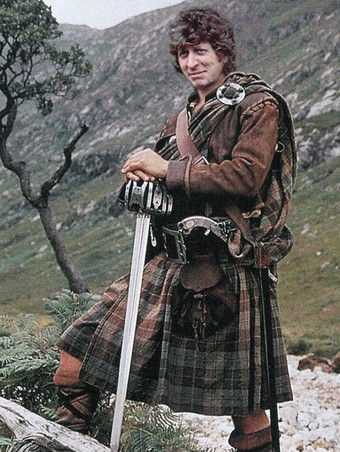
Battle of Culloden
Brigadier Doon claims that on the eve of the Jacobites' calamitous defeat, Bonnie Prince Charlie jinxed the whole enterprise by shunning the traditional fare of haggis, neaps and tatties.
He believes that the slaughter on 16 April, 1746, is directly due to Young Pretender's decision to eat his haggis on a bed of lollo rosso drizzled with truffle oil.
Historians have been slow to blame the "truffle incident" for the defeat, focusing instead on the decision by an effete idiot that his tired, guerrilla army would be best deployed in a mile-long jog through heather into the blazing guns of the Redcoats.
However, Brig A Doon does have his supporters among the haggis fraternity. For instance, our Chief Ghillie, Farquhar Farquharson, claims "the truffle thing" was indeed the reason for the defeat. (Mind you he also claims he was there.)
Of course, Doon's contemporaries dismissed his theories as complete nonsense, although never to his face (they didn't want to get a yard arm somewhere surprising).
The Brigadier does not explain how the incorrect preparation of a dish can affect the performance of armies. He says: "Also, it is peculiar that the wee beasties prefer it when we rip out their innards and stuff them. Mind you that is we did to the [words excluded] English at Bannockburn."

| ||||||||
|

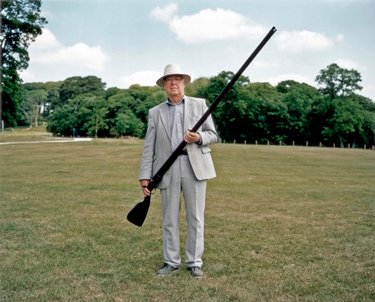


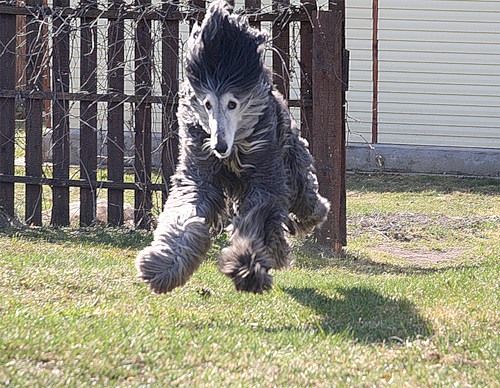

No comments:
Post a Comment